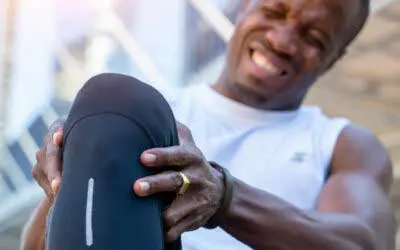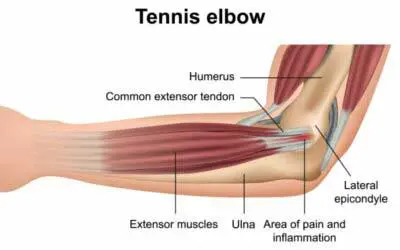Cupping Therapy in Bolton & Chorley
What is Dry Cupping Therapy?
How Does Cupping Therapy Work?
The therapy generally lasts between 10 to 30 minutes, and although it may leave temporary red or dark marks on the skin—referred to as “cup marks”—these are not usually painful and fade within a few days.
Benefits of Dry Cupping Therapy
Pain Relief: Many individuals turn to cupping therapy for relief from chronic pain, including back pain, neck pain, and joint pain.
Muscle Relaxation: The suction action helps to relax tight muscles, making it a popular choice among athletes and those who engage in physical labor.
Improved Circulation: Enhanced blood flow can promote faster recovery from injuries and relieve strained muscles.
Detoxification: By stimulating the lymphatic system, cupping can aid in the body’s detoxification processes, helping to remove waste and toxins.
Stress Reduction: The relaxing effects of cupping can help reduce stress and anxiety, promoting overall mental well-being.
Injuries and Conditions It Can Help
Muscle Strains: Cupping may alleviate pain and expedite healing for strained muscles by enhancing blood circulation.
Tendonitis: The therapy can reduce inflammation and promote healing in affected tendons.
Arthritis: Cupping can provide relief from joint pain and stiffness associated with arthritis.
Headaches and Migraines: Many people find relief from headaches through cupping, as it can help relieve tension and improve blood circulation.
Sports Injuries: Athletes frequently use cupping as part of their recovery regimen to treat injuries and enhance performance, including conditions like shin splints and pulled muscles.
Is Dry Cupping Right for You?
Experience the rejuvenating benefits of dry cupping therapy and discover how this ancient technique can support your healing journey and overall well-being. If you’re interested in trying dry cupping or have questions about the therapy, feel free to reach out to us!”
What our patients think...
Keep up to date with the latest news, updates and information from our clinics, from useful injury prevention tips to offers on treatment packages!.
Acute Injury Management – What should I do?
Initial treatment and acute injury management advice are forever changing with new research. So, what’s the latest? What should you be doing in the initial stages of a soft tissue injury?You will probably have heard of the acronym ICE (Ice Compression Elevation). This...
Core Engagement for Lower Back Pain
Lower back pain is an issue that many of us have, or will experience in our lifetimes in one way or another. Combatting acute lower back pain is therefore essential in order to prevent escalation into more serious, chronic problems. These early stage, simple yet...
Tennis Elbow Treatment
In this blog, our Leeds based Sports Therapist Rachael Harris will discuss the treatment modalities that can help with the symptoms of Tennis Elbow. OVERVIEW Lateral Epicondylitis - also known as Tennis Elbow - produces pain on the outside of the elbow joint. This is...


